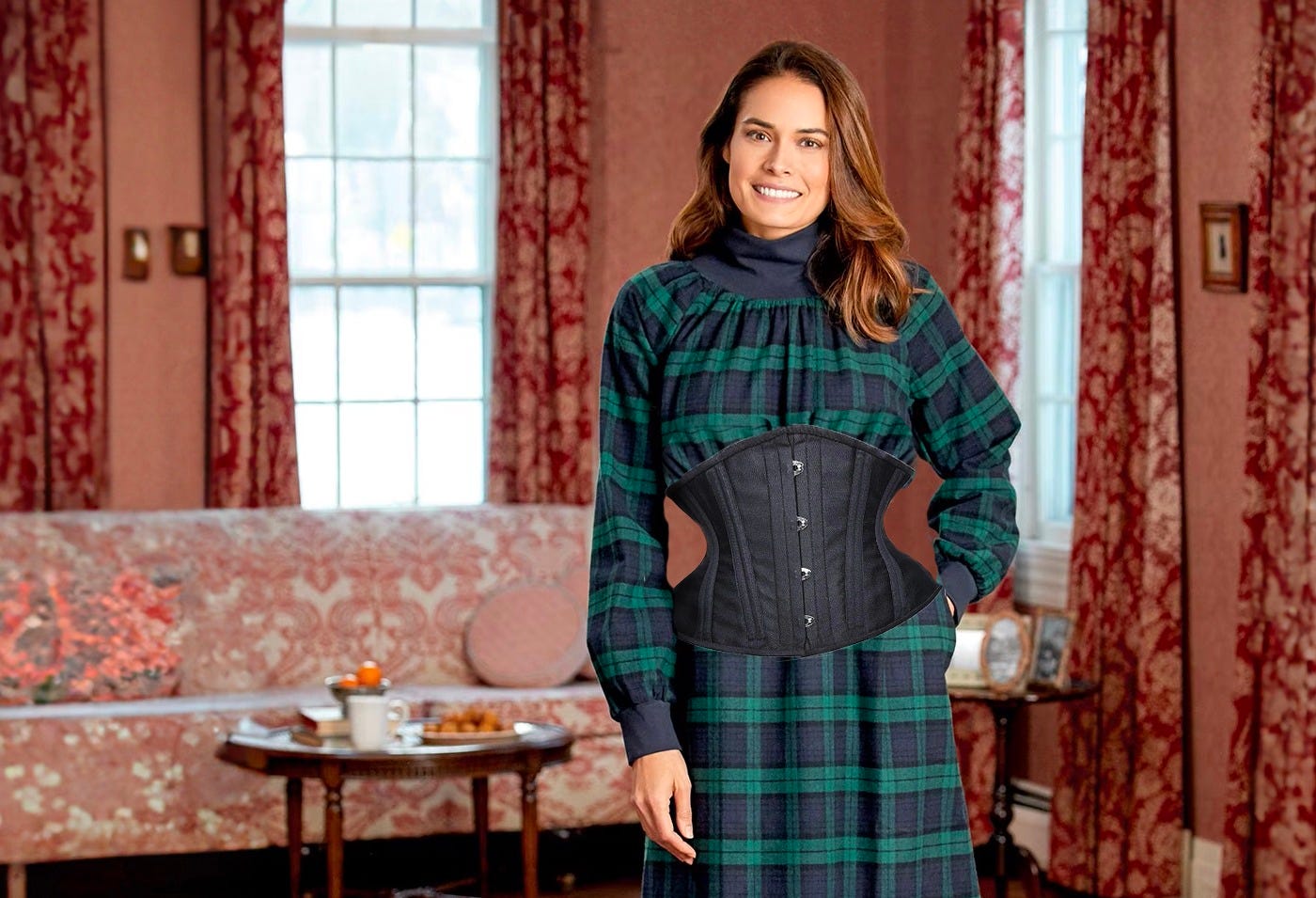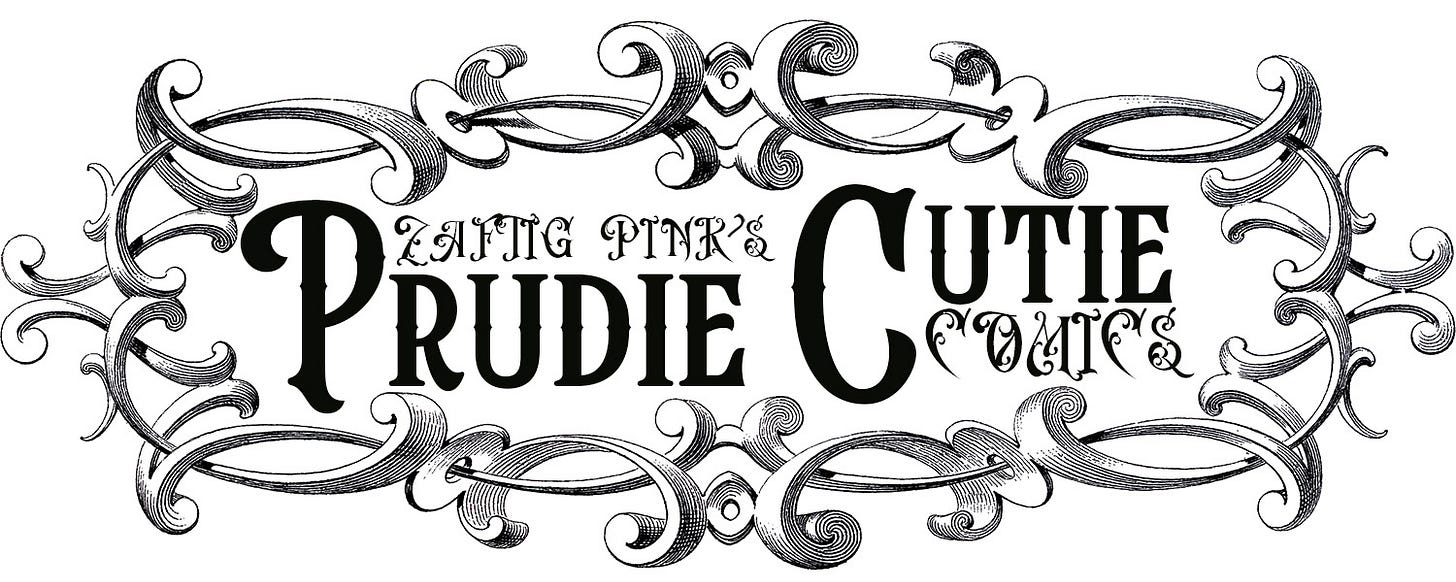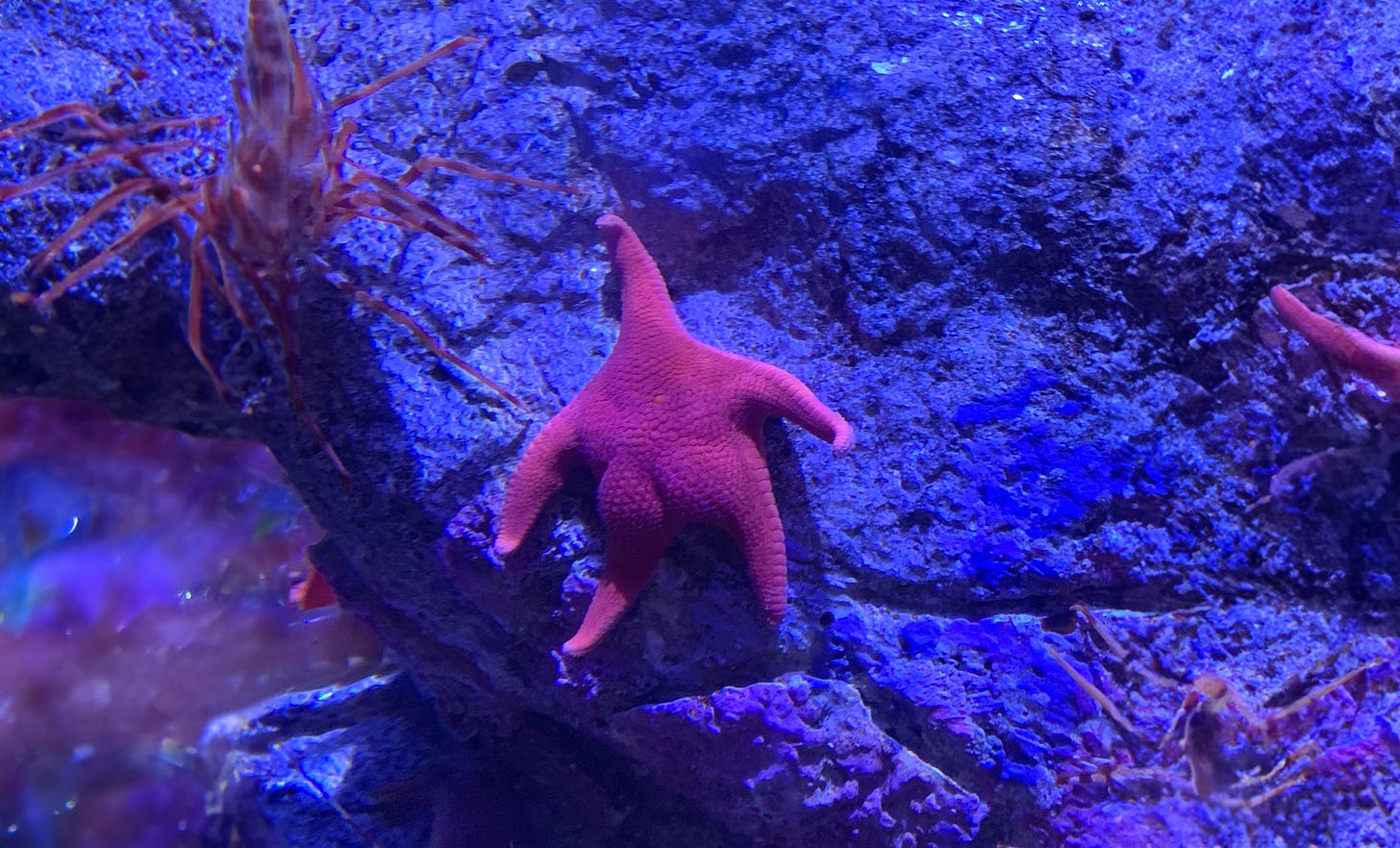As the sun grows bolder and the days stretch longer, we enter that treacherous season when the public begins to loosen—buttons, standards, and in some cases, entire garments. But, as society grows alarmingly casual with fabric, (and, let’s be honest, basic decorum), it’s comforting to know that layering still matters.
Here at Planet Prude, we remain steadfast. We believe spring is not a time for shedding layers, but for adding them with purpose. It is a season of renewal, yes—but also of reinforcement.
In this edition, we reflect on the values that hold civilization together: coverage, quietness, and the moral clarity of a properly hemmed pant leg. We offer guidance, cautionary insight, and fashion direction for those brave enough to keep dressing decently while the world around them wilts into casual ruin.
So pour yourself a room-temperature glass of water, straighten your lapel, and enjoy this week’s carefully buttoned dispatch from the only newsletter that believes less isn’t more—more is best. Join us in celebrating this week’s #NewsofthePrude. 🚀
The dangers of the breeze
A case against skin exposure
Bryce Telford has spent over a decade researching what he calls “the silent threat of air on skin.” As a leading voice at the Organization for Modesty in Individuals (OMI), he argues that direct contact between human flesh and moving air is a gateway to social unraveling.
“The data is clear,” he says. “When people expose their skin to a breeze, they experience a fleeting sense of freedom. That feeling lingers. Over time, it erodes their respect for structure.” His latest research—based largely on personal observations and historical intuition—suggests a strong correlation between increased airflow and decreased self-restraint.
While mainstream science remains skeptical, Winslow sees undeniable patterns. “The Ancient Greeks were enthusiastic about open-air living, and their civilization collapsed,” he told Planet Prude. “The 1960s counterculture celebrated bare skin, and moral decay followed.” Even today, he notes, shirtless individuals are far less likely to exhibit rigid personal discipline.
His solution? Preventative coverage. High collars, layered fabrics, and, for the particularly vulnerable, adjustable head wraps to block unfiltered air exposure. “People assume a breeze is harmless,” Winslow warns, adjusting the scarf he wears indoors. “But history suggests otherwise.” 🚀
Sleep tighter
The quiet rise of the sleep corset and other signs of progress
Sleepwear, long neglected by the moral fashion establishment, is finally tightening up—at least for women. The return of the sleep corset marks a new chapter in bedtime discipline, offering the modern woman a way to maintain posture, propriety, and abdominal firmness even while unconscious.
Unlike traditional loungewear, the sleep corset provides firm overnight containment and a clear message: even in dreams, the body must be managed. Worn over a full-length gown (plaid, flannel, preferably buttoned to the throat), it promotes stillness, humility, and a more structured REM cycle.
Men’s sleepwear, naturally, remains untouched by these advancements. The standard ankle-length gown and floppy triangular cap continue to suffice, as they have for centuries, offering full coverage without the burden of innovation, compression, or self-reflection.
This imbalance is not a flaw; it is tradition. Women’s modesty, after all, requires constant reinforcement. Sleep may be passive. But modesty, never. 🚀
By
Knitting garments for sea life
Building support for the underwater modesty movement
Starfish have long flaunted their completely uncovered bodies, drifting across the ocean floor with zero regard for basic modesty. Their five-armed display of shamelessness has gone unchecked for too long.
Enter Friends of Patrick Star (FPS), a group of underwater textile artists committed to restoring dignity to marine life by knitting tiny garments for starfish.
“We just couldn’t ignore it anymore,” says founder Margaret Tolliver, a longtime advocate for marine modesty. “Clams at least have shells, but starfish are as naked as the devil. It’s disturbing!”
Tolliver told Planet Prude she gets called a lot of names, so she wanted a cute name that sounded friendly for her nonprofit knitting group. She says she ultimately settled on Friends of Patrick Star. “I’ve always liked SpongeBob’s starfish friend,” she says. “At least he had the decency to wear pants.”
The initiative began with tiny wool ponchos covering the starfish’s central disk (its most inappropriate feature). As demand grew, so did the designs—turtlenecks, sweater sets, even formal shell cardigans for special occasions.
Challenges remain. Knitting underwater is difficult, requiring patience and a tolerance for judgmental fish. Tolliver hopes to expand her efforts to other marine life, but speed has been an issue. “Starfish are the only ones I’ve been able to catch,” she admits.
Still, she remains hopeful. “They may not know they need it, but we do.” 🚀
The “sus” nature of shirtless people
And those in tank tops, which are basically the same thing
There’s something inherently suspicious about people who go shirtless—or worse, wear tank tops with the confidence of someone fully dressed. At least so says Dr. Susan Cafferty, author of Fabric & Psychology: What Our Clothes Say About Our Minds.
“Tank tops are shirts in denial,” says Cafferty. “At least the shirtless are honest. Tank tops try to have it both ways—structure and freedom. That’s dangerous.”
Cafferty, a self-described fabric psychologist, believes exposed shoulders reveal far more than skin. “Clothing reflects the subconscious,” she explains. “And when someone removes an outer layer, it often signals a break in internal regulation, and possible violent ideations.” Take the phrase “suns out, guns out,” she says. “That’s not beach banter, that’s the language of escalation.” And while the Constitution protects the right to bear arms, Cafferty notes, “it says nothing about bare arms—that’s a different pathology altogether.”
Even the term “wifebeater,” she argues, is no accident. “Language knows what we’re dealing with. Whether it’s a mesh tank at the gym or a stretched-out ribbed shirt at a gas station, the message is always the same: boundaries don’t apply to me.”
So the next time you spot someone without sleeves, Cafferty suggests asking yourself: if this is how they dress, what else are they capable of? And keep a wide berth. 🚀
Ankles away!
A fresh look at modest swimwear for a new season
Spring has arrived, and with it, the promise of warmer days, longer evenings, and the annual challenge of finding swimwear that doesn’t make you feel morally compromised.
While the masses prepare to bare it all, the truly prepared know that modesty doesn’t stop at the knee—it extends to the ankle, and ideally, just a respectful inch beyond.
This season’s modest swimwear trends are promising: full-length aquatic trousers, structured rash guards, and boldly unflattering neutrals that whisper, “I came here to float, not to flaunt.”
For those seeking total assurance, consider swim shoes, water-safe socks, and lightweight aquatic gloves—perfect for keeping extremities respectfully concealed.
So let the sun shine, let the towels unfurl, and greet the season in head-to-toe swimwear that offers both coverage and conviction. Because summer is about boundaries, polyester, and—most importantly—no tan lines. 🚀
That’s a warp!
With summer approaching, we must double down on our commitment to decency. The forces of skin exposure are ever-present, but with discipline and proper layering, we can resist.
Planet Prude will continue to provide the guidance you need and keep you covered—from head to toe. 🪐
Did you enjoy this? Let us know!











I'm proud of this publication's unwavering advocacy for decency and common sense.
If we were supposed to be naked, we would be born that way!
This reads like a cover-up me. Sus!